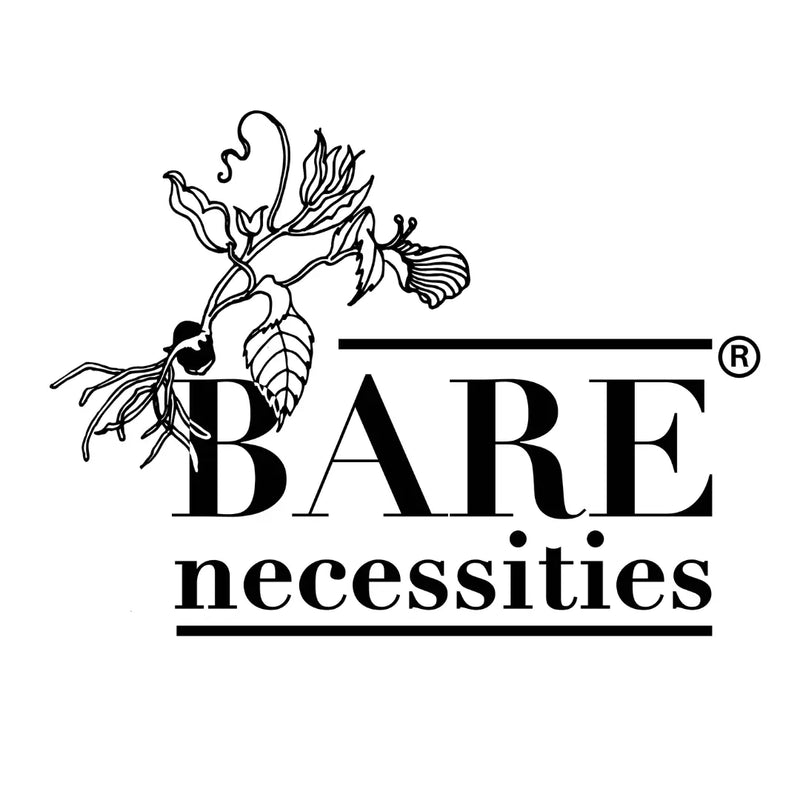A Brief Look at the SDGs and the Circular Economy (in India): Goal 6
Sixth in Bare Necessities- Zero Waste India’s series on SDGs in relation to zero waste, circular economy methodology and sustainability is Goal 6: Clean Water and Sanitation.
The current situation of rivers and lakes, as a key source of clean water, is a major concern worldwide. Water pollution occurs when toxic substances enter water bodies such as lakes and rivers, degrading the quality of water. “The pollutants (can) seep through and reach the groundwater, which might end up in our households as contaminated water we use in our daily activities, including drinking” according to WWF. Waste from city sewers and industrial waste discharge are two of the larger originating sources of pollutants, but many more sources leach pollutants into rivers and lakes on a daily basis, with the full list of water contaminants too extensive to be discussed on the WWF website, linked above, or here in this article.
In India, a country with “14 major, 55 minor and numerous small rivers… (a country) often referred to as the ‘Land of Rivers’” (source), and with over 1.3 billion people (source) relying on access to freshwater, continual contamination of freshwater sources is alarming. The way forward to reduce contamination can include community cleanups of rivers and implementing awareness programs highlighting the importance of clean water is highly important. At a larger business scale organisations such as Cleantech Infra has created riverboats to collect floating waste (with a collection capacity of several tons of garbage daily) with current operations in many rivers in India including the Ganges.
Yet, creating solutions to clean up freshwater supplies after the waste has contaminated the resource is only addressing part of the situation. Better practice needs to start by limiting the amount of waste in the environment, which can be done through valuing products that we now refer to solely as ‘waste’ to using products that function with a cradle to cradle approach. For this approach “it is necessary that recyclability is already considered during the design phase of a product. All technical and biological processes must be environmentally compatible so that products can even be beneficial instead of simply being less bad” (source). Similarly, a key principle of water and the circular economy is to “ensure minimum disruption to natural water systems from human interaction and use” (source).
There is a growing focus on designing new solutions that must be valued by all for long term reduction in the contamination of freshwater bodies to occur. Examples can be seen with biodegradable bags in India, in Mexico where a company is transforming avocado pits into disposable bioplastic straws and cutlery, and in Indonesia where the root vegetable cassava is used to create biodegradable bags. By designing new products, along with minimising single-use items, correctly disposing of used products in correct categories and limiting the amount of non-organic material, cleaning agents, for example, used on a day to day basis, creating a zero waste environment for our all-important water sources can be achieved.
